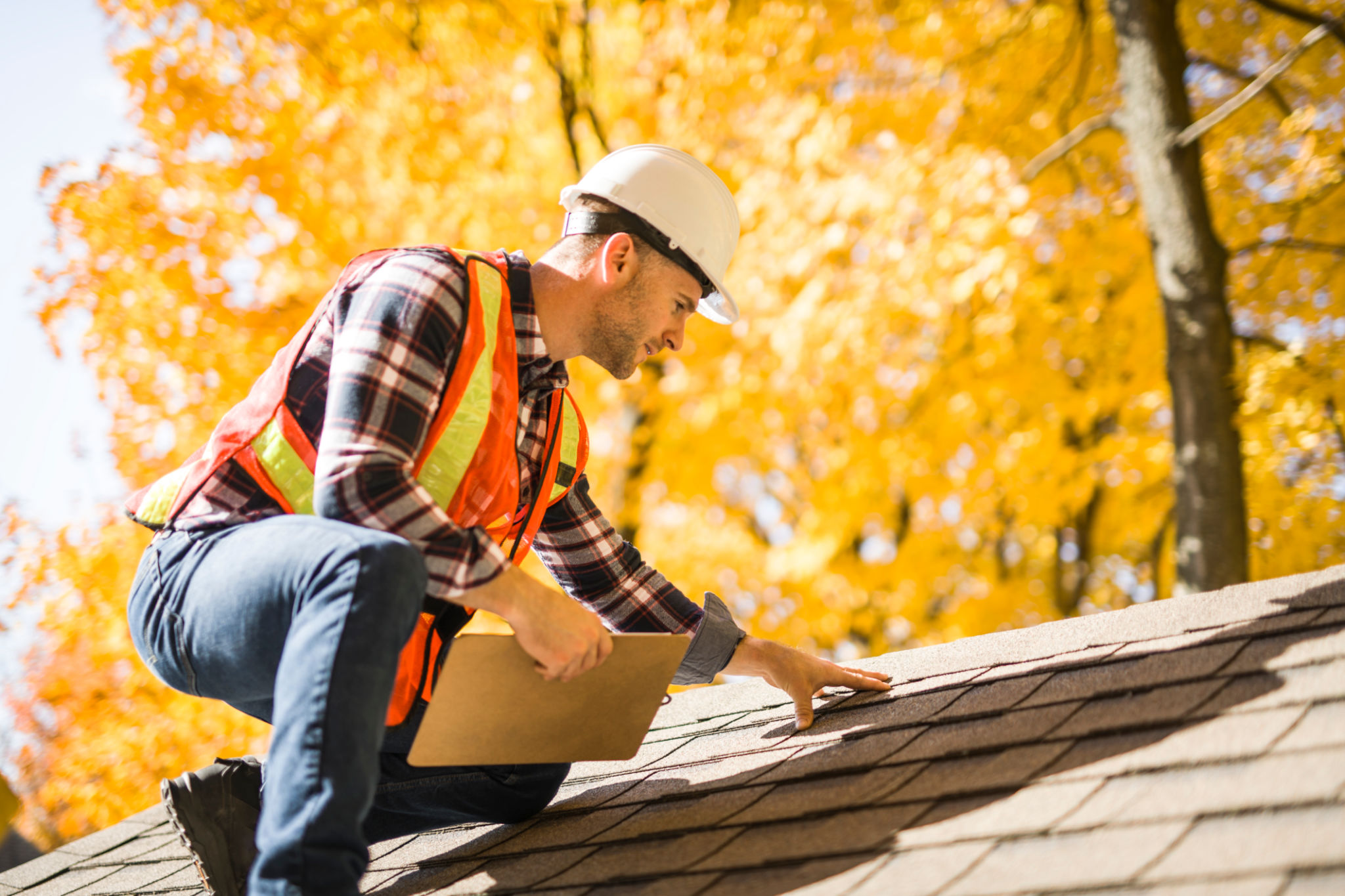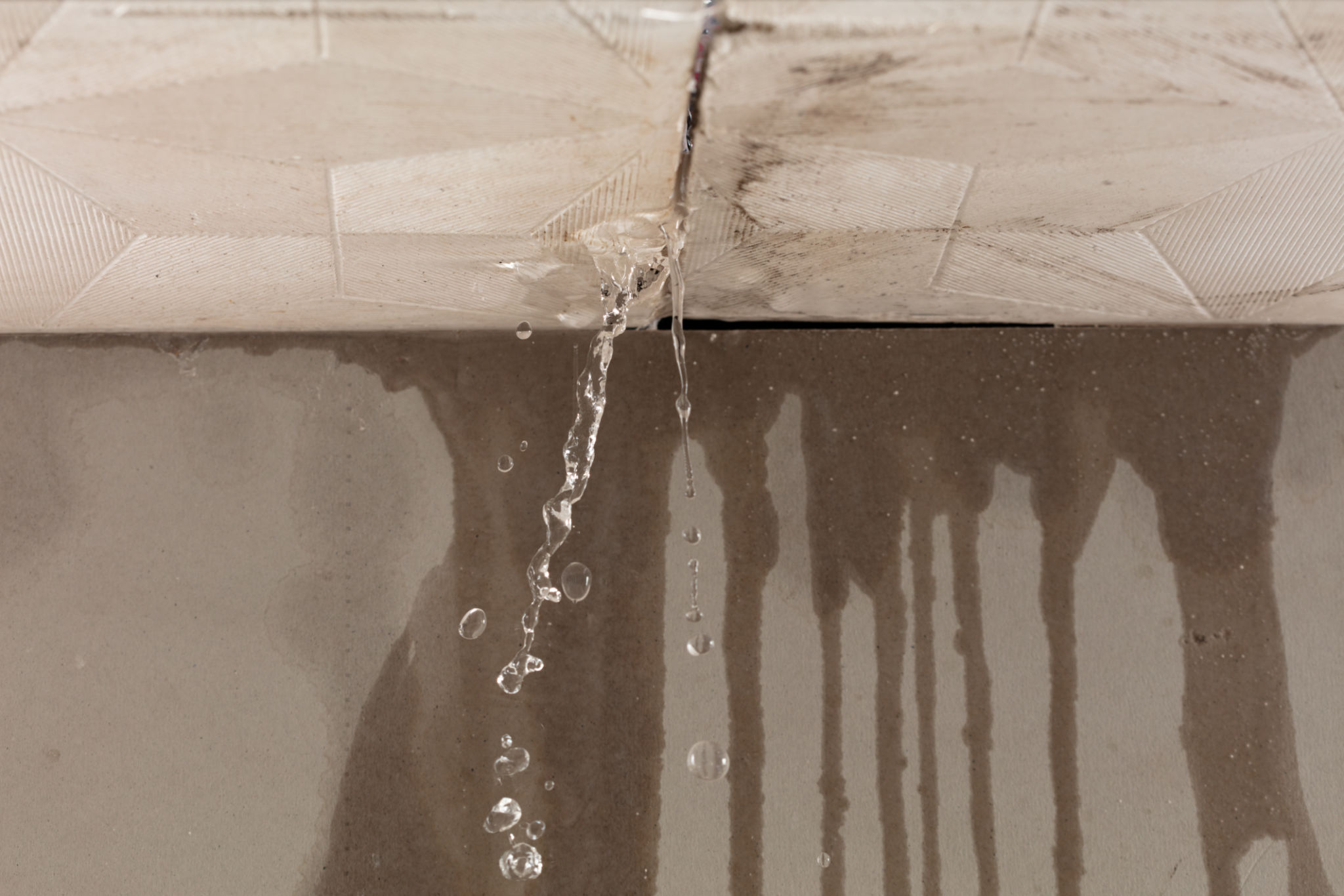How to Inspect Your Roof for Damage After a Storm
Understanding the Importance of Roof Inspections
After a major storm, inspecting your roof for damage is crucial to maintaining the structural integrity of your home. A thorough inspection can help you identify potential issues early, preventing costly repairs in the future. While it's always best to consult with a professional, you can perform an initial assessment yourself.
Storms can cause a variety of roof-related issues, from minor shingle damage to significant structural problems. Knowing what to look for is essential in determining the extent of the damage and whether immediate action is required.

Preparing for Your Roof Inspection
Before you begin, ensure your safety by using a sturdy ladder and wearing appropriate footwear with good grip. It's important to have a friend or family member with you for added safety. Additionally, gather tools such as binoculars, a flashlight, and a camera to document any damage you may find.
Inspecting your roof may also involve checking for interior signs of damage. Water stains on ceilings or walls can indicate leaks that need immediate attention. It's crucial to address these issues promptly to prevent further damage to your home's interior.
Exterior Roof Inspection
Start by examining the roof from the ground using binoculars. Look for missing, cracked, or curled shingles, which are common indicators of wind or hail damage. Pay attention to areas around chimneys, vents, and skylights where leaks are more likely to occur.
Once you've assessed from the ground, carefully climb onto the roof if it's safe to do so. Check for granule loss on shingles, exposed underlayment, or any signs of punctures. These issues can lead to leaks and should be addressed quickly.

Inspecting Gutters and Downspouts
Your gutters and downspouts play a vital role in directing water away from your home. After a storm, they can become clogged with debris or damaged by high winds. Inspect these components to ensure they are securely attached and free of blockages.
Look for granules from shingles in your gutters. An excessive amount may indicate that your shingles have been damaged and are nearing the end of their lifespan. This is another critical factor in maintaining your roof's health.
Evaluating Interior Damage
Inside your home, check for water stains on ceilings and walls, which can suggest roof leaks. Musty odors or visible mold can also indicate water infiltration. These signs should prompt immediate action to prevent further damage and potential health hazards.

When to Call a Professional
If you notice significant damage or are unsure about the extent of the issues you've identified, it's best to contact a professional roofing contractor. They have the expertise and equipment necessary to conduct a more comprehensive inspection and provide solutions tailored to your home's needs.
A roofing professional can offer guidance on repairs or recommend a full replacement if necessary. Investing in expert advice can save you time and money in the long run by ensuring your roof is properly maintained and repaired.
Conclusion
Regular roof inspections after storms are vital for protecting your home. By conducting a thorough inspection, you can identify potential problems early and take corrective action promptly. Remember, safety should always be your top priority when inspecting your roof.
While you can perform an initial assessment yourself, don't hesitate to reach out to a professional for further evaluation and repairs. Keeping your roof in good condition ensures the safety and comfort of your home for years to come.